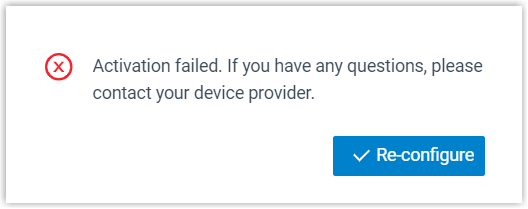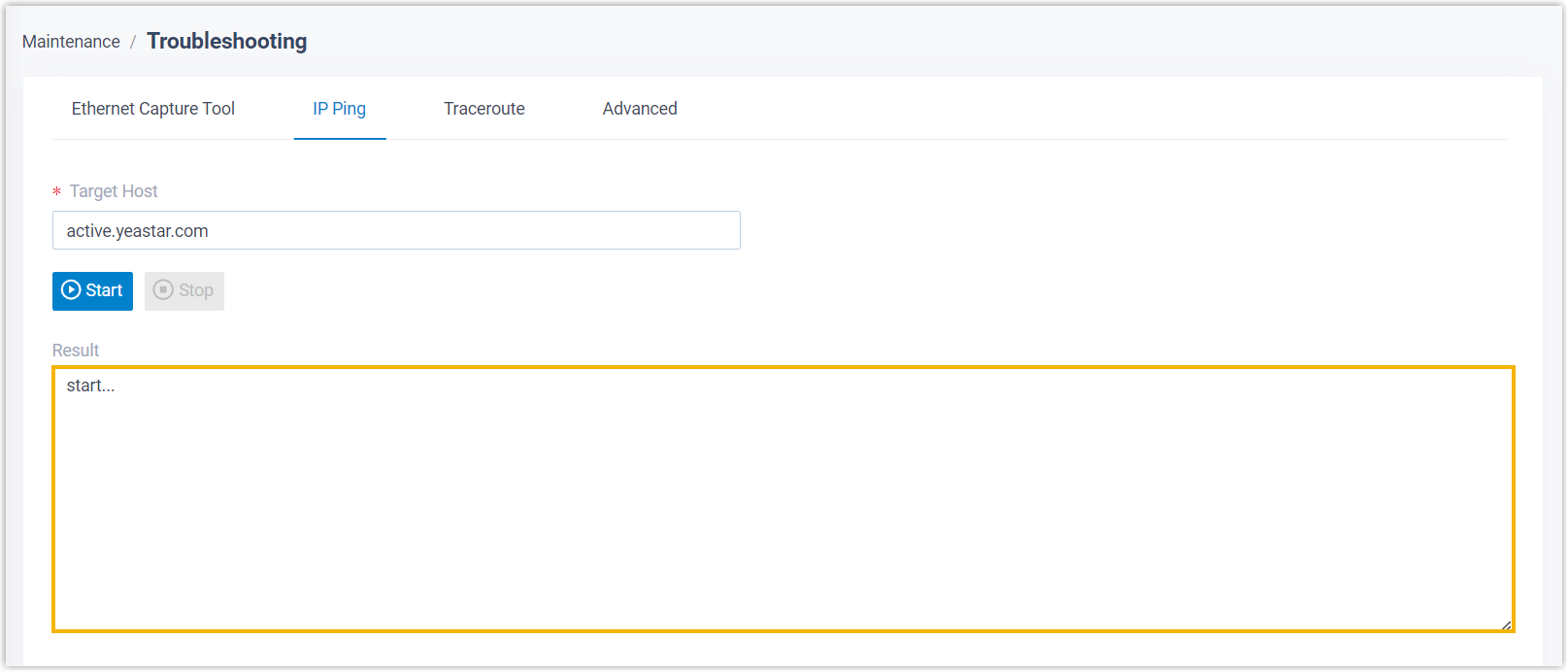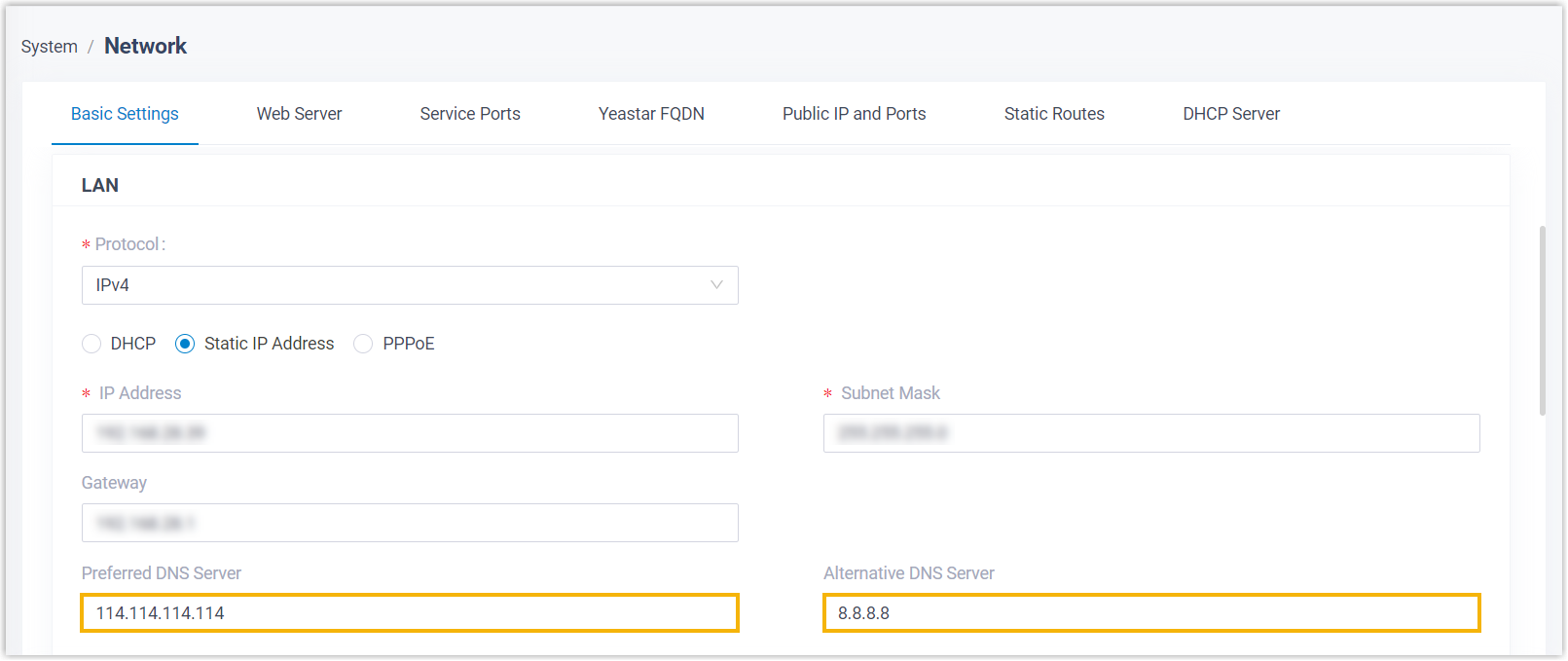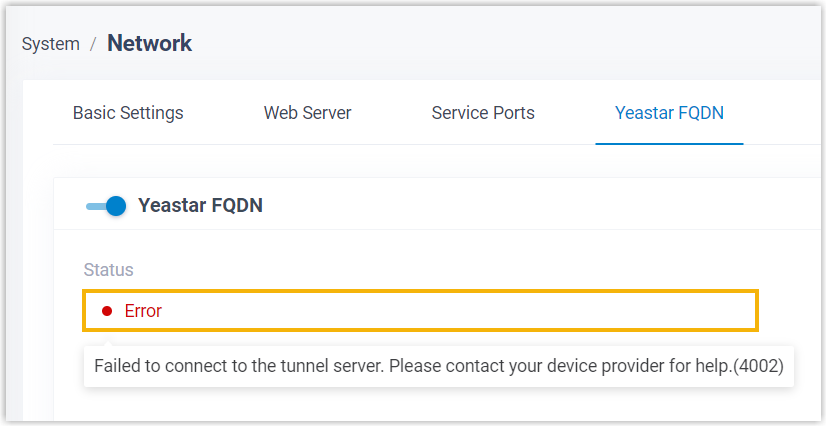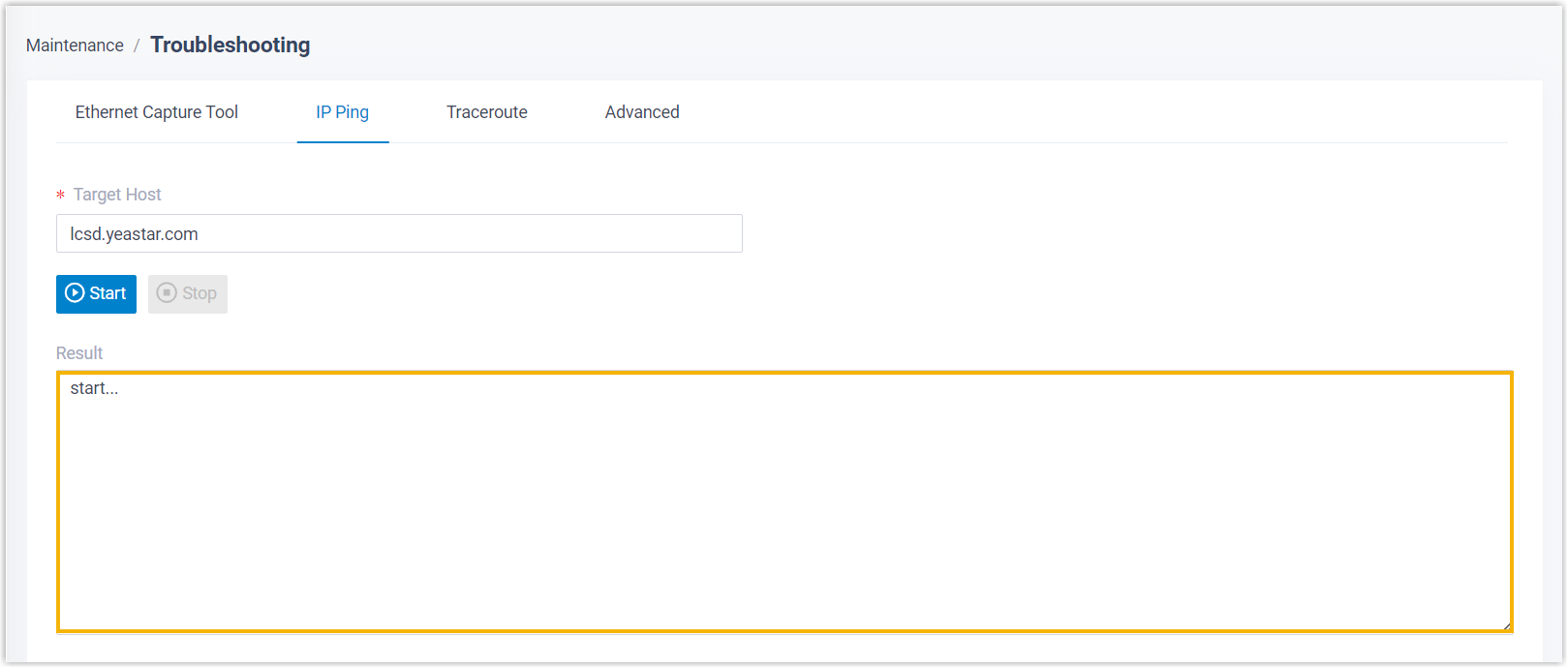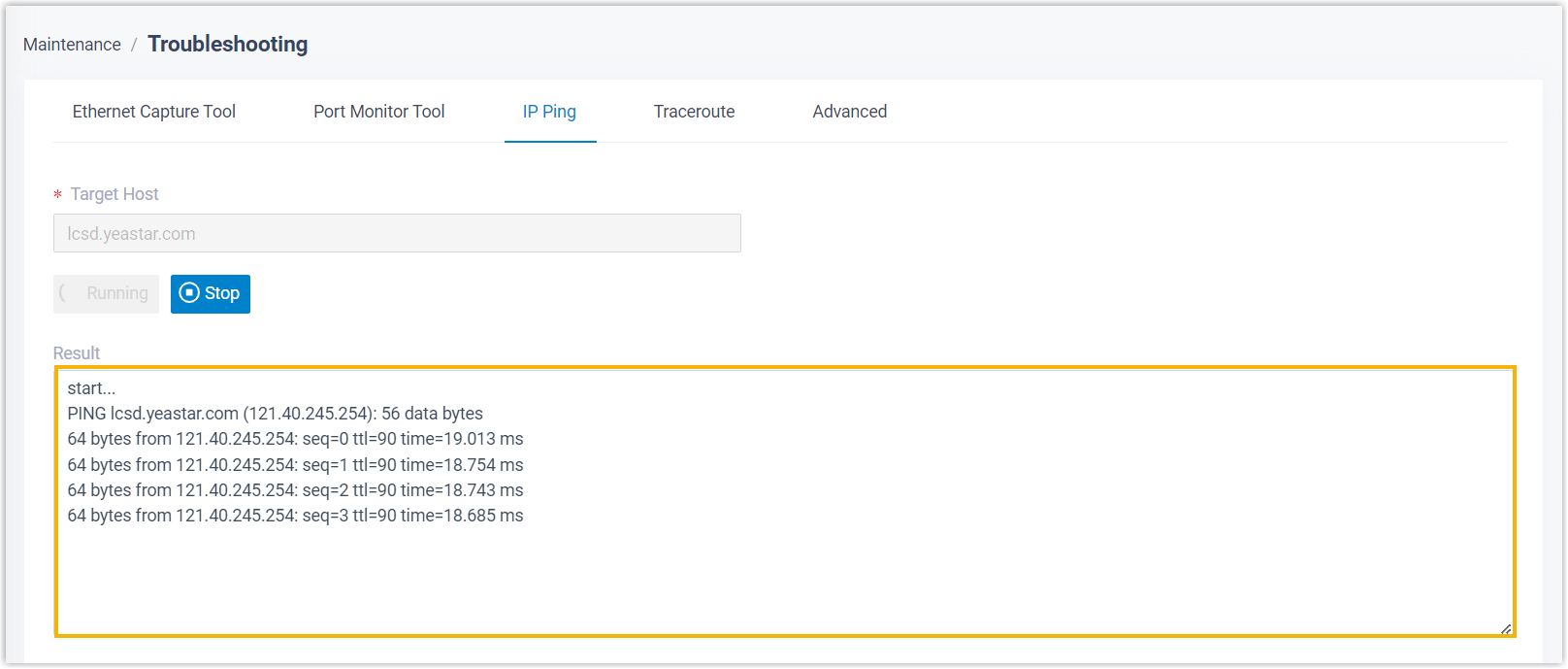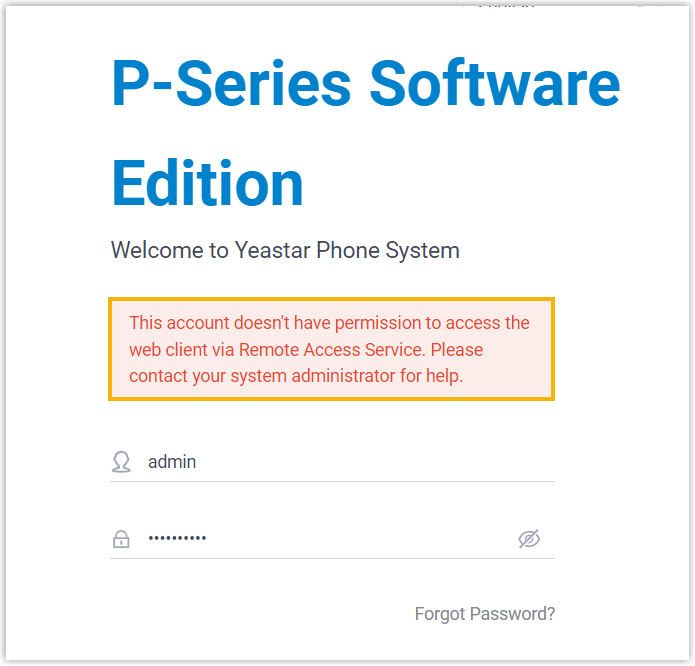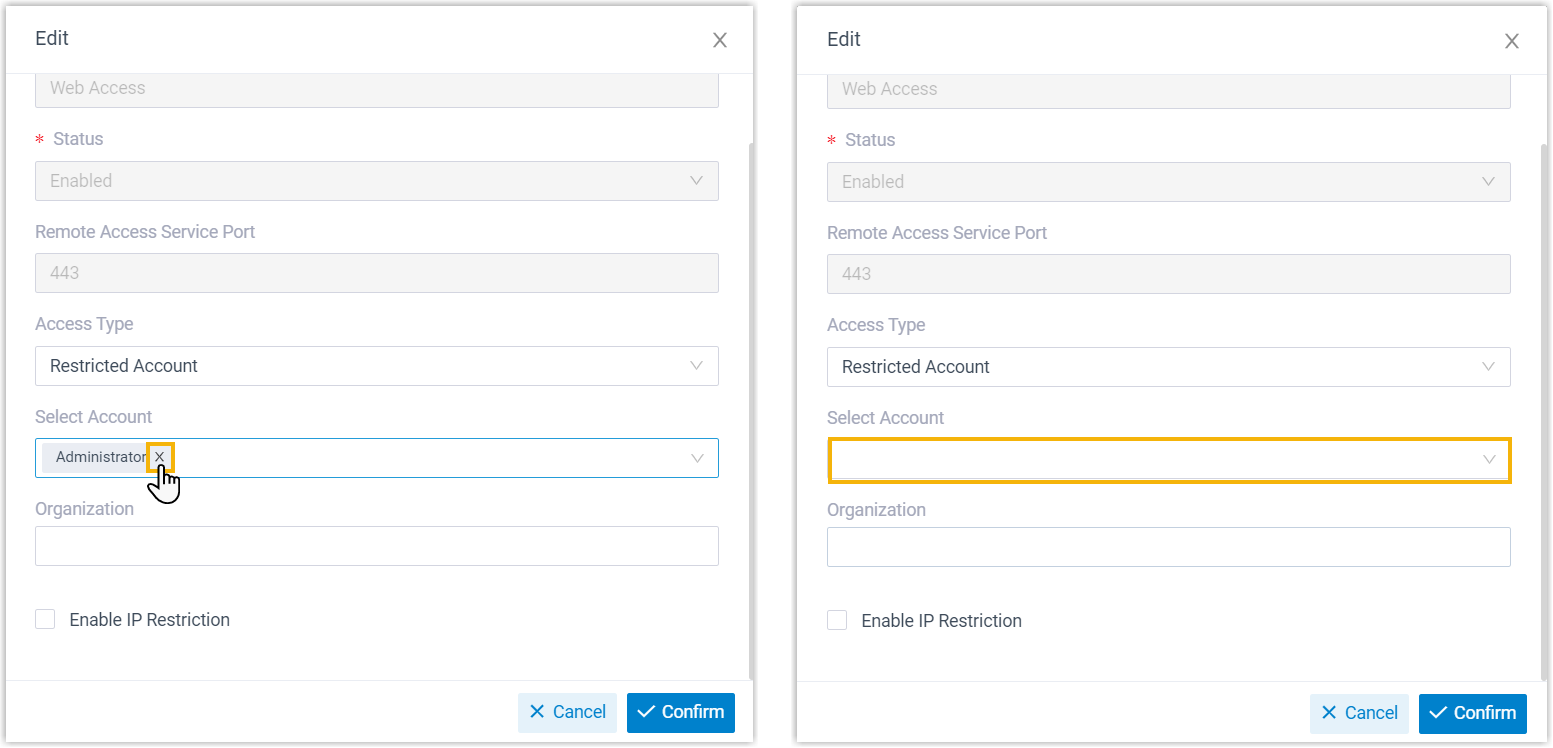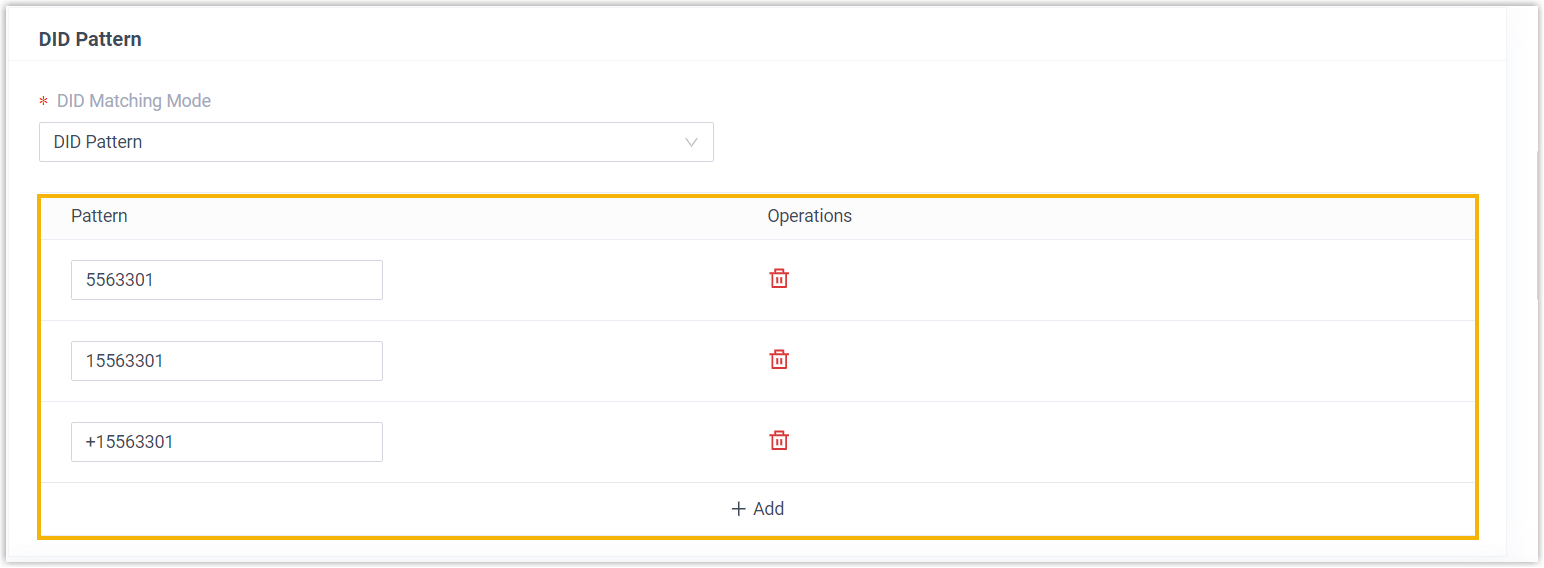Yeastar PBX Onboarding Troubleshooting Guide
This guide covers common errors that may occur during the Yeastar P-Series Software Edition onboarding process, along with their possible causes and solutions. If you encounter any issues when setting up Yeastar P-Series Software Edition, you can analyze and solve your problems by following this guide.
Activation email not received
- Issue description
- After purchasing Yeastar P-Series Software Edition, you should receive an activation email containing all the necessary information to set up your PBX. However, this activation email hasn't reached your mailbox.
- Possible cause
- The activation email may have been put in your spam folder by your email service provider.
- Solution
- Check your spam folder for email from sender noreply@notice.yeastar.com.
Activation failure
- Issue description
- When entering activation code to activate Yeastar P-Series Software Edition, a window pops up indicating that the activation failed, as shown below.
- Possible cause
- There is a network connectivity issue between Yeastar P-Series Software Edition and Yeastar Activation Server (domain: active.yeastar.com).
- Solution
- Check the network connectivity between Yeastar P-Series Software Edition and Yeastar Activation Server. If there are any issues, you need to establish the connection between them.
Yeastar FQDN enable failure
- Issue description
- When trying to enable Yeastar FQDN on Yeastar P-Series Software Edition, the Status shows Error indicating that the connection to the tunnel server has failed.
- Possible cause
-
- There is a network connectivity issue between Yeastar P-Series Software Edition and Yeastar FQDN Tunnel Server (domain: lcsd.yeastar.com).
- The PBX's date and time is incorrect.
- Solution
- Check the network connectivity between Yeastar P-Series Software Edition and Yeastar FQDN Tunnel Server using the IP ping tool. Based on the ping command output, you may need to establish the connection between them or change the PBX's date and time.
Unable to log in to Administrator account via FQDN
- Issue description
- When trying to log in to Administrator account via FQDN, an error message is displayed indicating that the login has failed.
- Possible cause
- The Administrator account is restricted from logging in to the administrator portal remotely.
- Solution
- Allow the Administrator account to remotely access Yeastar P-Series Software Edition via FQDN.
Auto provision with RPS failure
- Issue description
-
Failed to remotely auto provision IP phones via RPS.
- Possible cause & solution
-
Possible Cause Solution The IP phone has been auto provisioned by another PBX. Remove the IP phone from provisioning list of another PBX, then auto provision the IP phone via RPS. The provisioning server URL in IP phone doesn't match the provisioning link that was generated for the phone in PBX web portal. Make sure that the provisioning server URL is exactly the same in IP phone and Yeastar PBX. 
No certificate has been uploaded to PBX or the certificate has expired. Upgrade the IP phone to the latest version or disable certificate verification on IP phone. Tip: An example of disabling certificate verification on Yealink T53W is shown below.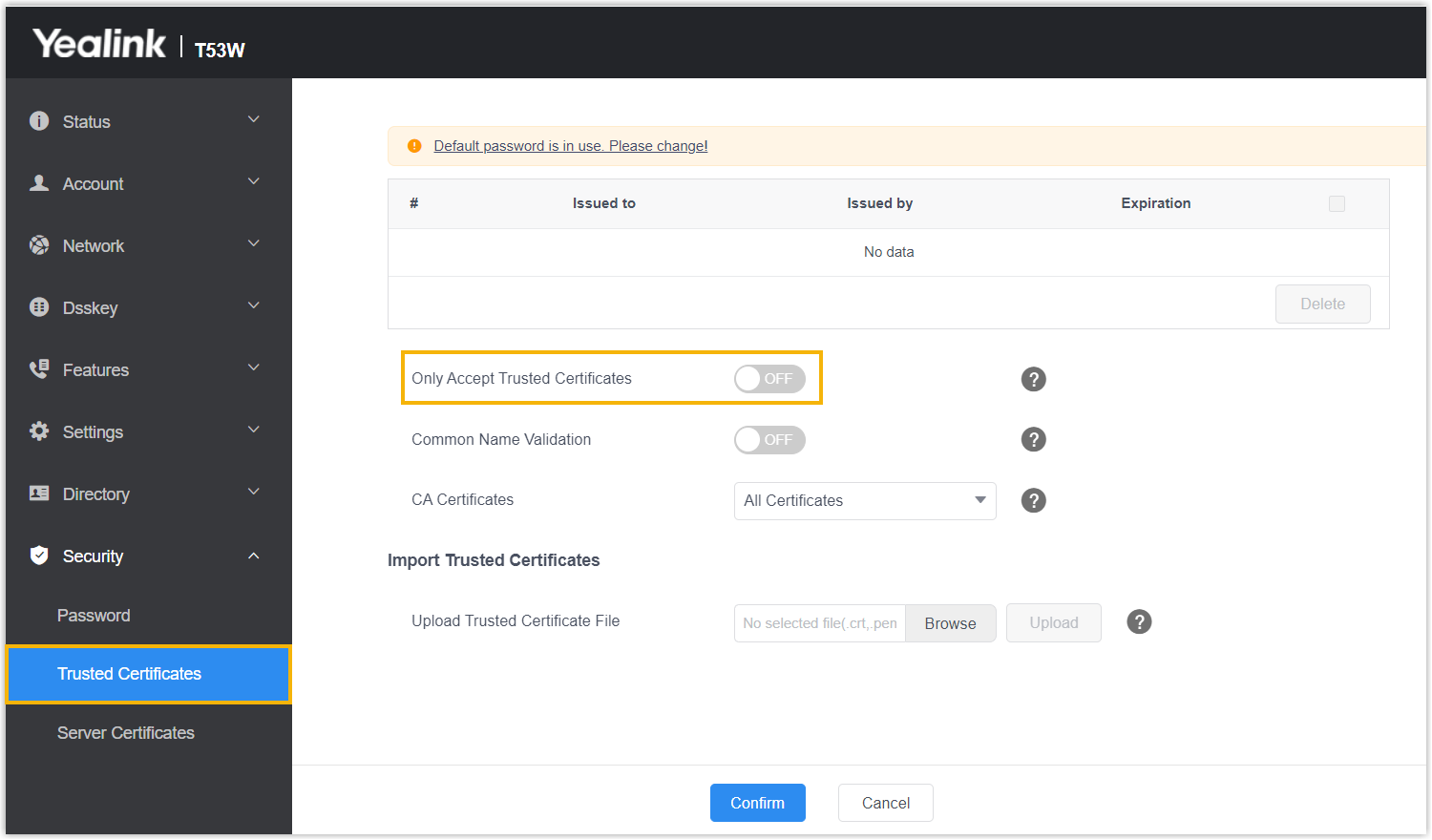
Trunk registration failure
- Issue description
- When trying to create a SIP register trunk to connect Yeastar P-Series Software Edition to service provider, the trunk registration failed.
- Possible cause
-
There may be an issue with proxy server setting.
Some SIP trunk providers utilize multiple proxy servers for load balancing or failover and configure NAPTR-SRV records for the domain. In this case, you can use DNS-NAPTR as the transport protocol for trunk registration.
- Solution
- Change the transport protocol of proxy server.
Inbound call failure
- Issue description
- Inbound calls to SIP trunks should be routed to the inbound route destination, but inbound calls are not routed as expected.
- Possible cause
-
DID in inbound route is not configured properly.
- Solution
- Add all possible DID patterns in inbound route to ensure proper routing.
